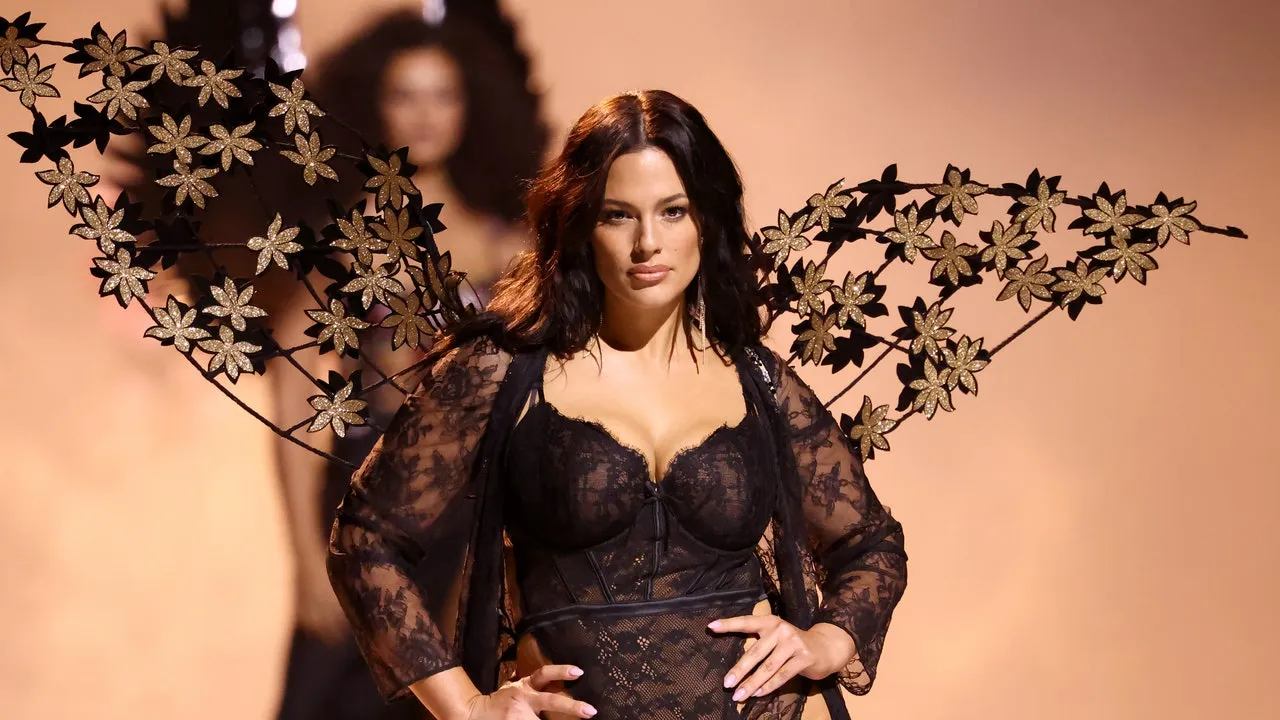Victoria Secret's Fashion Show: A Missed Opportunity for Inclusion

Victoria Secret's Failure to Evolve
Victoria Secret's Fashion Show, which returned after a lengthy hiatus, has left many viewers feeling disillusioned. Despite the brand's claims of prioritizing inclusivity and body diversity, the presence of a few plus-size models felt like mere tokenism amid a sea of traditional thinness.
The Illusion of Body Diversity
While models Ashley Graham and Paloma Elsesser appeared on stage, they were surrounded by an overwhelmingly familiar aesthetic of slender bodies. This stark contrast only highlighted the outdated standards Victoria Secret perpetuates. As the show unfolded, it became clear that the brand still caters primarily to the male gaze, missing the chance to redefine beauty standards significantly.
- Historical Context: The brand has excluded diverse body types for decades.
- Breach of Trust: Viewers felt betrayed by the half-hearted attempt at inclusivity.
- Cultural Impact: The show reflects larger societal issues regarding body image.
A Shift in Viewer Perspective
For many, watching the show raised questions about self-worth and societal expectations. Gone are the days of aspiring to fit into the narrow beauty ideals presented; now, there's a sense of empowerment in embracing individuality and challenging the norms.
Ultimately, the Victoria Secret Fashion Show might have been a chance for growth and change, yet it fell short by not embracing truly diverse representations of beauty.
This article was prepared using information from open sources in accordance with the principles of Ethical Policy. The editorial team is not responsible for absolute accuracy, as it relies on data from the sources referenced.